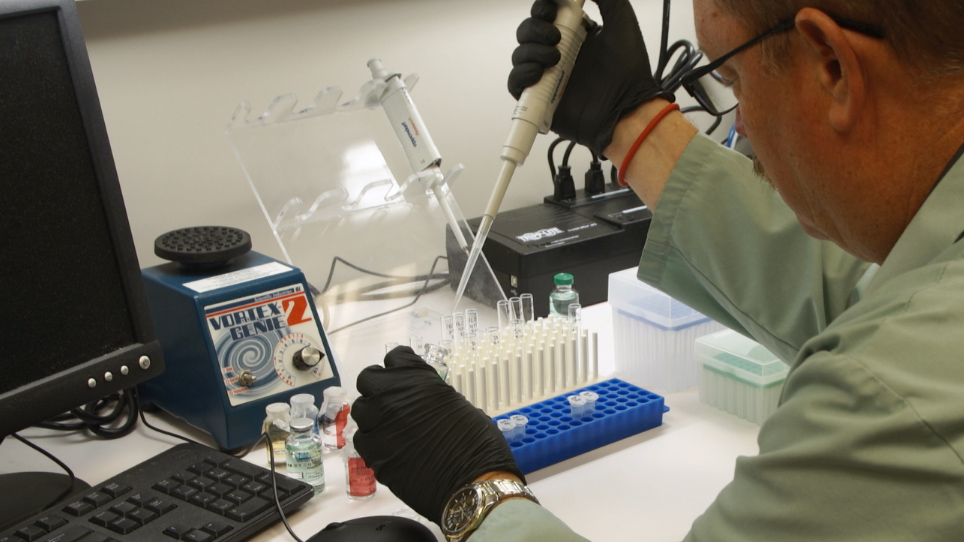/
/
Preparation and Characterization of Novel HDL-mimicking Nanoparticles for Nerve Growth Factor Encapsulation
A subscription to JoVE is required to view this content. Sign in or start your free trial.
JoVE Journal
Bioengineering
Preparation and Characterization of Novel HDL-mimicking Nanoparticles for Nerve Growth Factor Encapsulation
Chapters
- 00:05Title
- 01:02Preparation of Nerve Growth Factor High-density Lipoprotein (NGF HDL) Mimicking Nanoparticles
- 02:39Characterization of NGF HDL-mimicking Nanoparticles
- 04:13In Vitro Release of NGF HDL-mimicking Nanoparticles
- 05:32Results: Characterization of NGF HDL-mimicking Nanoparticles
- 07:26Conclusion
Simple homogenization was used to prepare novel, high-density, lipoprotein-mimicking nanoparticles to encapsulate nerve growth factor. Challenges, detailed protocols for nanoparticle preparation, in vitro characterization, and in vivo studies are described in this article.










